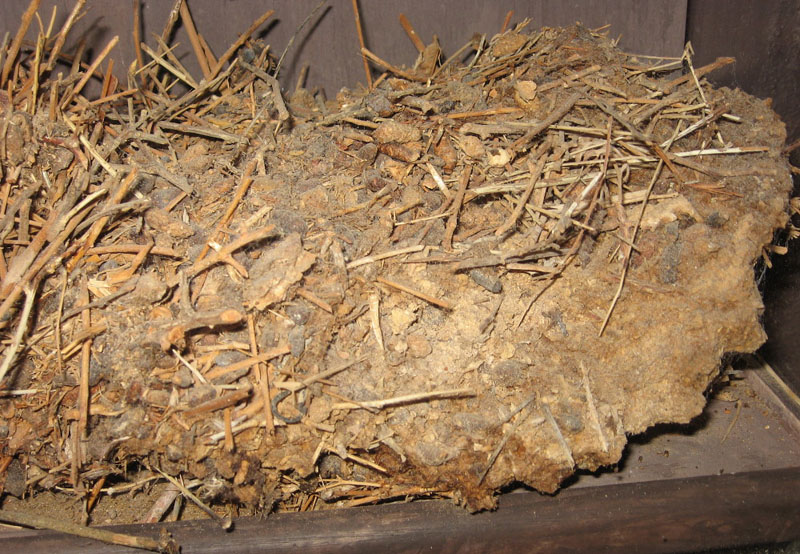
Because middens may be used by successive generations of rats, some middens record accumulations spanning several thousand years.
Theoretically, middens can continue to accumulate until the shelter space is completely occupied by debris, rat droppings, and food items, or until it is destroyed by geological processes or climatological events.
Through dehydration, plant and animal remains are remarkably preserved in rat middens. Some well-preserved materials several thousand years old compare favorably with recently dried fresh materials, retaining color and fine structural detail. Since ancient midden remains are so well preserved, midden analysis has become an important tool in understanding vegetation and climatic history of the past 40,000 years.
Numerous other methods for studying vegetation and climatic history are available, but rat-midden analysis is particularly revealing. One reason is that paleoecologists, scientists who specialize in the study of climatic and vegetational history, know that ancient rats gathered their midden materials from near their lairs.
With Carbon 14 (radiocarbon) dating technology available, paleoecologists can determine from the well-preserved midden remains that a particular plant species was growing at a locale within a certain time framework.
This section is taken from the article "Pack Rats: Unwitting helpers of Archeologists" by David H. Riskind and Thomas R. Van Devender, first published in "Texas Parks and Wildlife" magazine, March 1979 (Volume 37, No. 3, pp. 6-9).